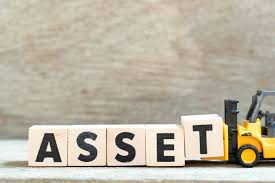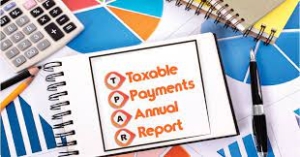You may be able to claim personal super as a tax deduction when you contribute your own after tax money into your super fund. Making a personal contribution into your superfund can have several benefits, including savings on tax and increasing your superannuation balance for retirement.
In order to claim a deduction for personal contributions (known as concessional contributions), there are a few steps that must be completed:
- You need to deposit your contribution into your superannuation account before the end of the financial year (recommend well before 30 June as it can take some time to process).
- You must notify your superfund that you intend to claim a tax deduction. To do this, you should complete a ‘Notice of Intent’ and send it to your fund.
- You will then receive back an ‘Acknowledgement letter’ from your superfund. This allows you to claim your contribution as a deduction in your tax return.
Pro tip: If you’ve made a personal concessional contribution into a fund and are rolling funds from that fund to a new fund, you must lodge your notice and receive an acknowledgement from the old fund before doing the rollover. If you wait until year end, your old fund will no longer exist if there is no balance remaining. There are also issues with getting a notice of intent if you partially rollover or withdraw within the year as only partial amounts may be deductible for the contribution made during the year. If you think this may apply to you, please see the link below for more information.
Unfortunately not everyone is eligible to claim a deduction for personal concessional super contributions as there are age restrictions. The below shows the different age criteria for making concessional contributions.
- Under 67: You can make concessional contributions.
- 67 to 74: You must pass a work test to make concessional contributions.
- 75 and over: You cannot make concessional contributions.
Additionally concessional contributions from all sources (including what your employer contributes for you) are currently limited to $27,500 per person per year.
If you are thinking about putting extra money into your super and claiming a tax deduction, and are still unsure if you will be eligible or if it will be beneficial in your circumstances, see the link below for more information.
Other related blogs:
What happens if I make excess contributions to super?
Contributing to super – options for employees
Carry forward concessional contributions – what are the rules?
Author: Caleb Datson
Email: caleb@faj.com.au


 The super guarantee system, where employers now contribute 10% of wages to super for their employees has been largely successful in providing better retirement incomes for working Australians since its 1992 introduction.
The super guarantee system, where employers now contribute 10% of wages to super for their employees has been largely successful in providing better retirement incomes for working Australians since its 1992 introduction.






